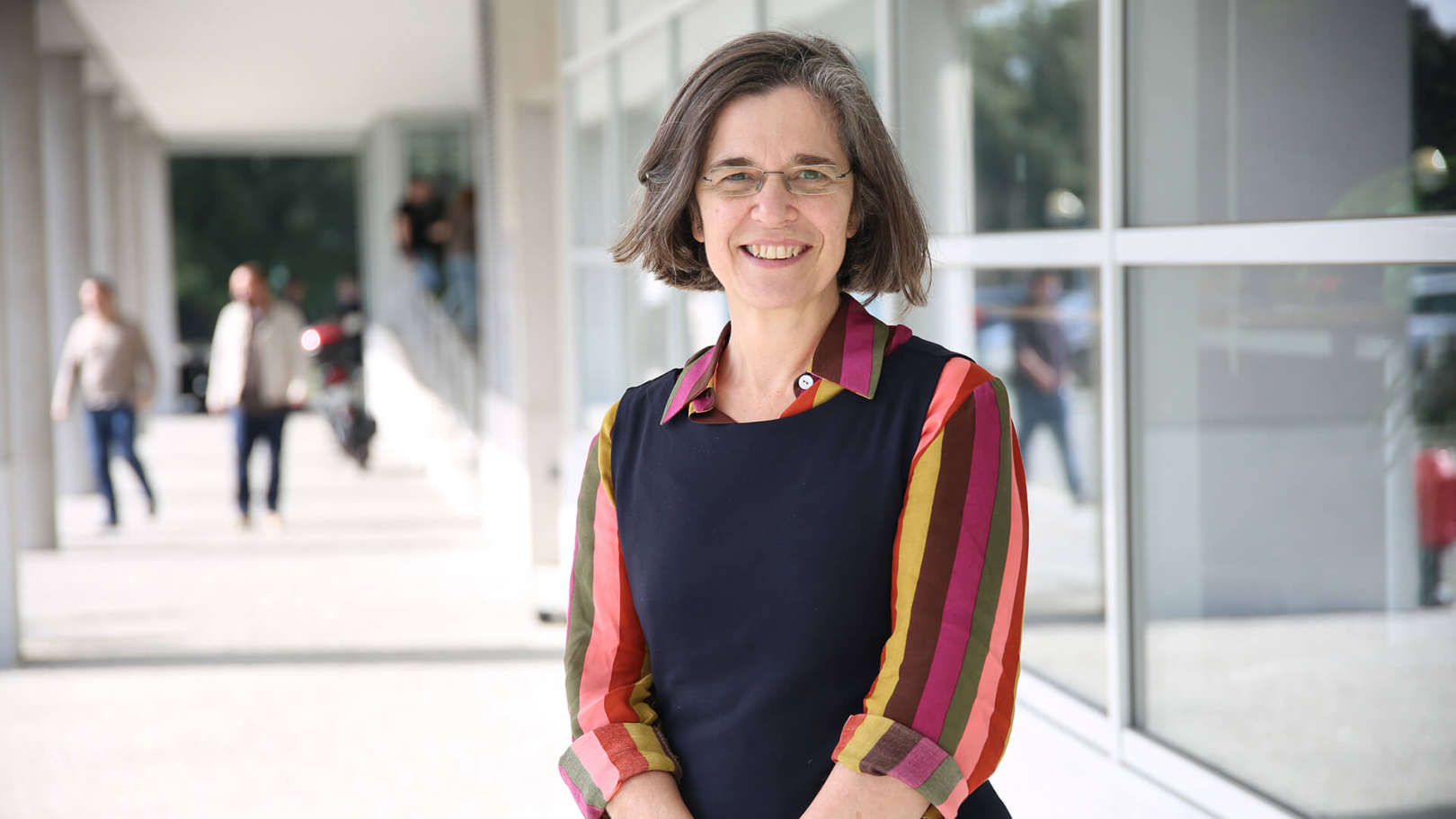About
Maria Antónia Carravilla @ FEUP
Maria Antónia Carravilla is a teacher at Faculdade de Engenharia da Universidade do Porto (FEUP) since 1985, visiting professor at Universidade de São Paulo (USP), teacher at Porto Business School in the Executive and Magellan MBA's, and a researcher at INESC-TEC since 1990.
Maria Antónia is the Director of the Doctoral Program in Engineering and Industrial Management (PRODEGI @ FEUP) since 2016.
Maria Antónia Carravilla has been responsible for several R&D contracts with industry, services and public administration. These contracts resulted in reports and decision support systems that proved to be very useful tools for these organizations, leading to long-lasting collaborations with FEUP. The pure research contracts were mainly founded by FCT and are mainly related with the application of constraint programming to the resolution of nesting problems. The R&D contracts and the research contracts were the basis for the theses of several PhD students.
Maria Antónia Carravilla has been a member of the Executive Committee of FEUP for 9 years as Pro-Dean for management and control. She was the Director of the Financial Services and head of the Management Office of FEUP for 7 years. She has been responsible for the Jupiter Project that managed the move of FEUP to the new premises in 2000. She has also been responsible for the projects that resulted in the implementation in FEUP of workflows related with the Financial Services. Within the management office of FEUP she led studies related with indicators for higher education institutions and supervised a masters thesis on sustainability indicators for higher education institutions.
As a teacher at FEUP, Maria Antónia Carravilla has been responsible for several courses related with Operations Research, Operations Management and Logistics that were taught at the BSc, MSc and PhD levels. She has supervised MSc students whose theses were developed in academia as well as in industry.
Maria Antónia Carravilla received in 2009, the first time it has been awarded, FEUP’s Award for Pedagogical Excellence that aims to award the best teacher of FEUP for the past 5 years.


